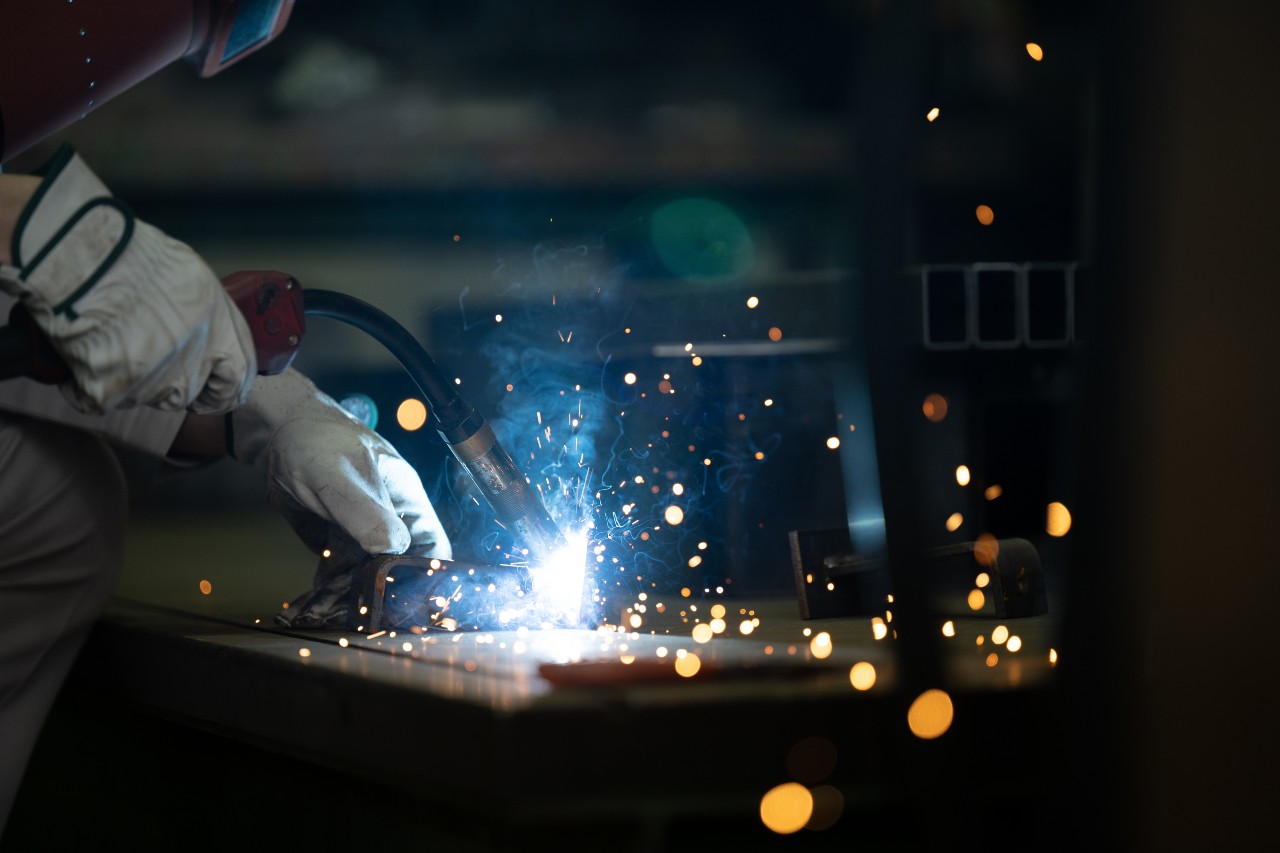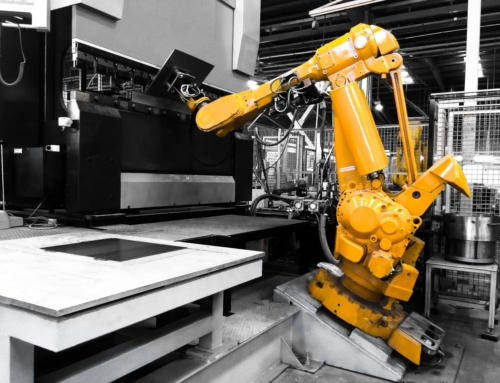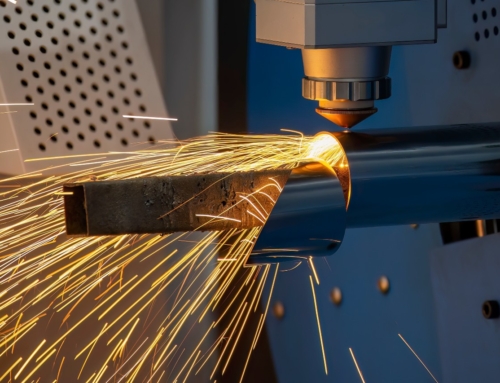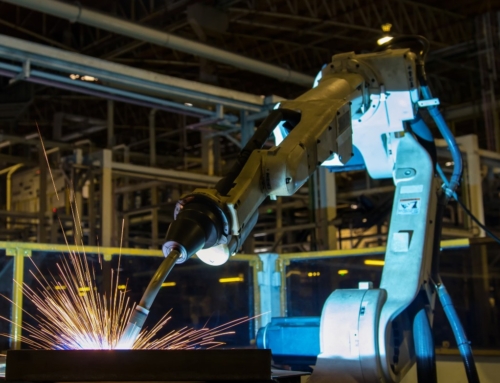Sheet metal welding: process, types and tips to perform it at best
Everything you need to know about sheet metal welding
Sheet metal welding is a fundamental process in metalworking, used in various industrial sectors, from automotive to aerospace. Understanding the different techniques and practical tips for performing quality welding is essential to ensure the strength and reliability of metal structures.
Let’s see in detail what sheet metal welding is and all the useful tips and tricks to perform it at its best.
How to weld sheet metal
The sheet metal welding process involves the joining of two or more metal sheets by applying heat, pressure or a combination of both, until the materials melt and create a solid joint. The main stages of the process include:
- surface preparation, which involves thorough cleaning of the welding parts to remove impurities such as oxides, oils or contaminants that could compromise the quality of the weld;
- alignment and fastening, which is the precise positioning of the sheets and the use of fasteners to maintain correct alignment during welding: essential to avoid deformation and ensure the accuracy of the joint;
- choice of the welding method: selection of the most appropriate technique according to the type of metal, thickness of sheet and specific requirements of the project. The choice of method affects welding quality, speed and cost;
- welding: application of the heat or pressure necessary to melt and join the sheets according to the method chosen. Proper execution requires technical competence and attention to operational parameters;
- cooling and finishing: allow the welded joint to cool down and perform finishing operations such as slag removal or sanding.
The main types of welding in sheet metal

There are several welding techniques used to join the sheets, each with specific characteristics and applications. These include:
- MIG (Metal Inert Gas) welding: is an arc welding process that uses a consumable electrode wire and an inert gas (such as argon) to protect the weld bath from atmospheric contamination. It is particularly suitable for materials such as aluminum, steel and stainless steel, offering good execution speed and ease of use;
- TIG (Tungsten Inert Gas) welding: it uses a non-consumable tungsten electrode and an inert gas to protect the welding area. This method offers precise control and produces high quality welds, making it ideal for thin and non-ferrous materials such as titanium, nickel, magnesium and aluminium;
- stick welding: a consumable electrode coated with flux is used to create the electric arc necessary for melting metals. It is versatile and adapts to a wide range of materials, but requires some experience to achieve optimal results;
- spot welding: this technique uses electrical resistance and pressure to join the sheets, forming localized weld points. It is widely used in the automotive industry for its efficiency and speed in joining overlay plates;
- plasma arc welding: uses a concentrated electric arc to melt the metals. It offers greater speed and precision, and is often used in applications requiring high quality welding on thin materials;
- laser/electron beam welding: a laser or electron beam is used to generate the heat needed for melting metals. The main difference between the two methods lies in the need for specific equipment to operate them. These techniques guarantee high precision, making them particularly suitable for the production of metal components characterized by complex geometries and narrow tolerances;
- gas welding: consists in using a gaseous fuel to melt the metal together. This technique was one of the first to be developed and is still used in specific fields, such as the repair of metal components or the creation of ornamental or artistic structures.
Practical tips for an effective metal welding
To achieve high quality and durable welds it is important to follow some guidelines, starting with the selection of the appropriate welding method. The choice of the most suitable technique should be made according to the type of metal, the thickness of the sheet and the design specifications. In addition to this, it is important to consider:
- correct setting of welding parameters: adjust the voltage, current and feed rate according to the material and thickness of the sheet to avoid defects such as porosity or deformation. Incorrect parameters can compromise the integrity of the joint;
- use of appropriate equipment: ensure that welding tools and machines are in good condition and suitable for the type of work to be performed. Inappropriate equipment can adversely affect the quality of the weld;
- control of environmental conditions: avoid draughts, high humidity or extreme temperatures which may adversely affect the welding process;
- select the correct filler metals: it is essential to use a filler metal whose mechanical properties correspond to those of sheet manufacture. To make the sheet thinner, the filling must be thinner;
- always perform a working test on the metal: this helps to determine the methodology of use and specific conditions such as heat requirements during welding of the sheet;
- adjust the heat correctly: adapt the temperature according to the material and thickness of the sheet to avoid unwanted casting and maintain joint quality;
- inspection and quality control: after welding, always carry out visual checks and thorough examinations using non-destructive techniques (NDTs), such as ultrasound or radiography to check for any internal defects. This enables early detection of problems and prevents future structural damage.
Ferrero Industrial is a company specialized in the production of metal structures and various types of industrial welds, such as components for commercial vehicles, telehandler parts and aerial lift parts. We can support you with highly qualified personnel and technologically advanced equipment.
The various processes can be customized according to the specific needs of each sector and company, with the aim of providing final solutions that fully reflect the project defined with the customer. If you need more information, contact us!








